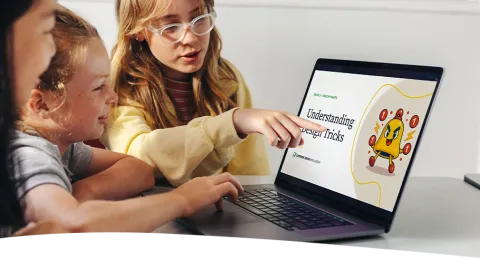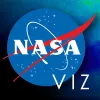
Digital Citizenship Week is October 20–24!
Join teachers worldwide to promote a healthy, positive approach to media and tech.
Take a look inside 5 images
NASA Visualization Explorer
Pros: Tons of exciting, cutting-edge information for kids to explore, and the stories are supported with beautiful images and videos.
Cons: Some of the content may be difficult for younger audiences to understand without extra support.
Bottom Line: Weekly updates and striking visuals make it easy for kids to stay informed about NASA's most recent discoveries.
This resource could be a fun way to introduce a unit on space. Have students freely explore the app solo or in pairs for at least 30 minutes, and choose their favorite story. Come together as a class and ask students which story they chose and why.
Continue to use the resource at least once per week or as time allows. Either assign a specific story for kids to explore or have them select their own. Students could use the topics they enjoy as a springboard for a design project or larger writing piece. Allow for additional time so kids can further research topics that truly inspire them.
NASA Visualization Explorer is a database of stories that, according to the developers, are updated on a weekly basis. The stories are highly visual, with satellite imagery, computer-generated models, and videos to support the content.
The app includes the latest information about advanced space-based research. It also includes historical information about some of NASA's missions and discoveries. Students can use a drop-down menu to search for stories by topic; they can also save stories, mark them as "read," and create a Favorites list. Navigation is pretty simple: Students swipe and tap to gain access to the content.
Just knowing that they're tapped into the latest advanced NASA research will inspire many students to learn as much as they can through this resource. The visual support makes the stories much more engaging than a static feed or article.
Compared to some of NASA's other digital reference tools, this one is very nicely organized, which makes it easier for kids to focus on what they're learning rather than just trying to find a topic of interest. One minor downside is that teachers will need to add a lot of their own instructional support, especially for the younger kids.













